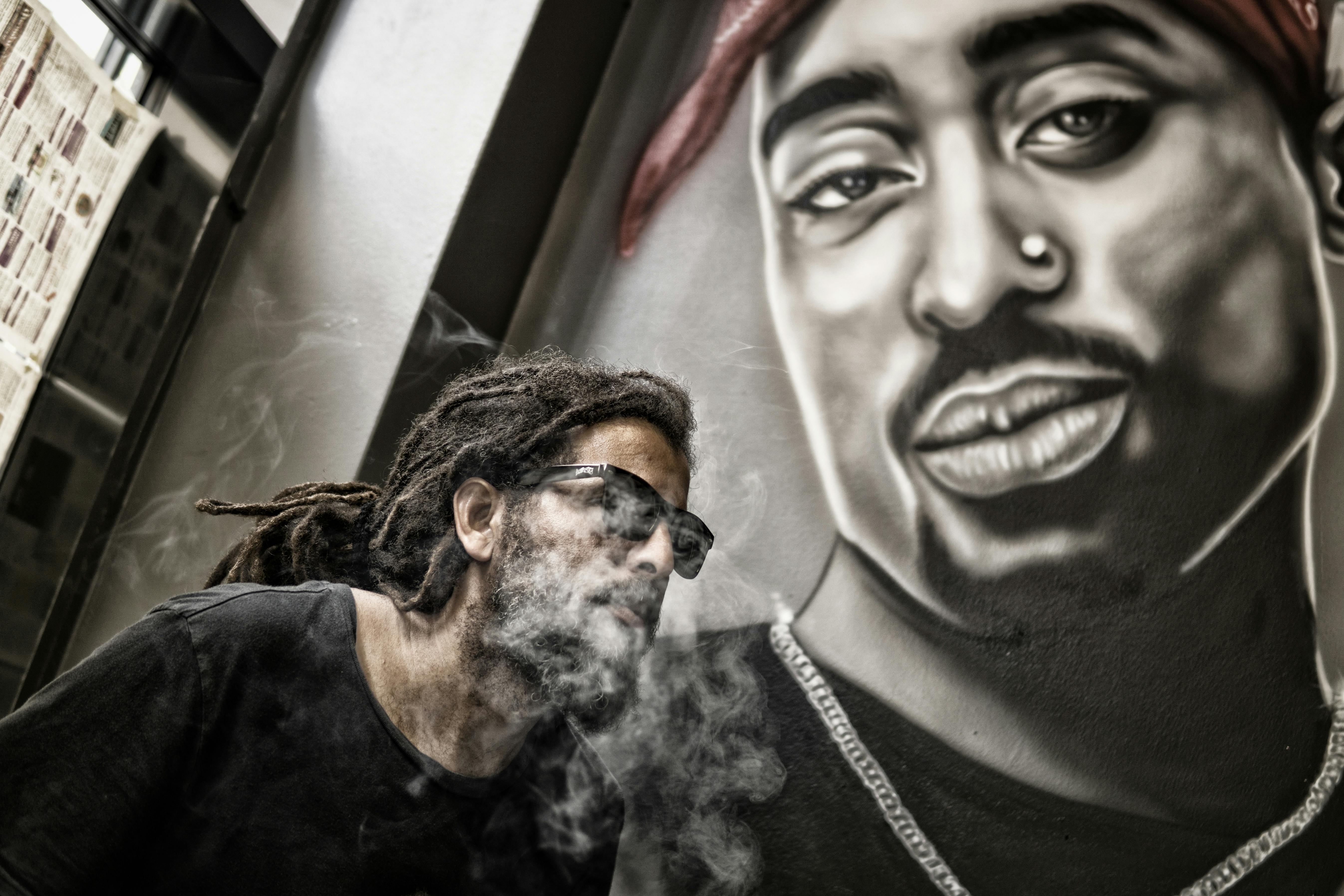Back in the chain gang
For many black and Hispanic youth living in urban communities, going to jail has become a badge of honor. This is a very puzzling phenomenon. The stigma of becoming “youthful” used to be embarrassing, now it is a sign of being “tough” or being “depressed”. Why have so many “minority” young people become so willing to “make an offer”?
Many blame hip-hop culture for this phenomenon, due to its perceived glorification of violence, criminal behavior, and the “bully” lifestyle. However it appears that this is putting the cart before the horse. Young black and Hispanic men have been disproportionately incarcerated in America long before there were such things as recordings of hip-hop music or associated movies that tell their story. Therefore, hip hop culture is only a platform for young people to give their version of the narrative, not the cause of the problem.
According to a 2002 study conducted by the Journal of Labor Studies, “Over the past two decades, America’s prison population has quadrupled.” In response to this fact, the study concludes that “corporations seek profit opportunities from this prison population” and there are “two main areas through which corporations are capitalizing on prison labor: the privatization of prisons and the creation of prison-based industries. ” despite strong evidence such as that of a 2012 study by the Justice Policy Institute, an organization located in the nation’s capital, which concluded: “Since education is correlated with crime and incarceration rates, addressing deficiencies in the [D.C.] the educational system must be part of a comprehensive public security strategy “
Yet instead of estimating how to invest in transformative education reform, the business community has positioned itself to capitalize on the robust incarcerated population as a source of cheap labor. The public sector has chosen to promote “tough on crime” rhetoric rather than educational policy. While businessmen and politicians vilify rappers for profiting from glorifying acts of criminality fantasized in wax, they plot and plan to cash in on the growing prison population in reality.
As stated in a report in the July / August 2006 issue of the Associated Oregon Industries Business Point of View, “Although it is adults who go to jail, the probability that a child will eventually end up there can be predicted before they can tie their shoes. Some prison systems have noticed a correlation: they have started to project the number of beds needed in the future based on current third grade reading scores “A progressive nation simply should not adapt to such a cynical point of view. Working to create and implement policies that lower dropout rates and institute relevant curricula that prepare students for the economic realities of today and tomorrow are better solutions.
Perhaps if the leaders of society looked to the “Hip-Hop Generation” for the answers instead of laying the blame, we would all be better off. Black and Hispanic youth seem to be searching in jail of all places for a sense of structure, family, and community that is lacking in their homes, schools, and neighborhoods. The goal of government policy in America’s urban communities should be to alleviate the pressures of drugs, crime, and community poverty. Instead, they aspire to demonize, imprison, and ruin the lives of young people living in difficult circumstances. To paraphrase the lyrics to a song by the controversial rap duo Dead Prez, policymakers and businessmen must realize that the real problems affecting our society are “… bigger than hip-hop.”
